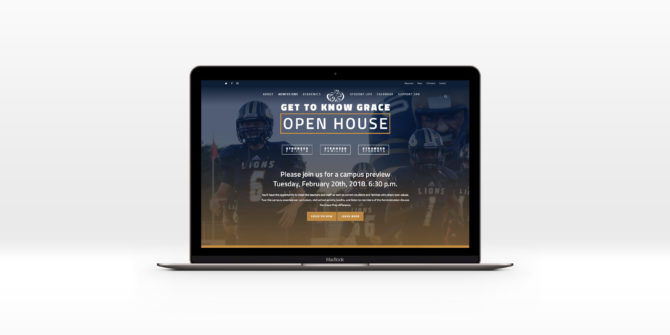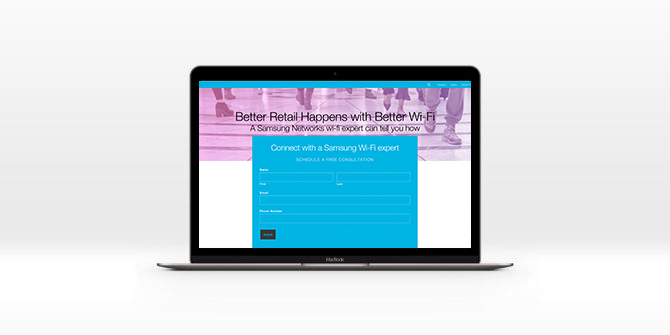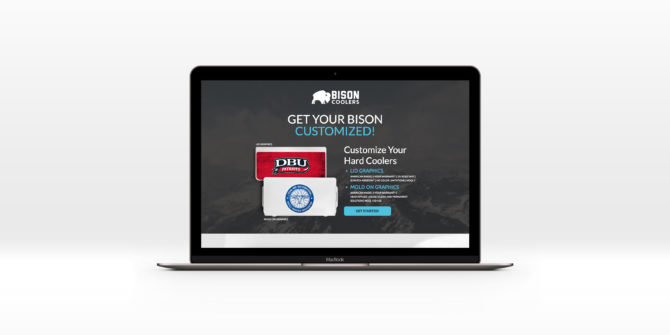Here’s the thing with industry jargon:
Professionals throw around terms they use every day with the assumption that the people listening have a similar level of understanding. Nope. The people listening are trying to figure out how to continue the conversation without anyone knowing they don’t understand, to save face until they can ask Google.
There’s a learning curve any time two industries attempt to work together. We want to help our business clients understand exactly how we do digital marketing—we’re cool like that—so we’re going to talk about three types of pages digital marketers use to market businesses online.
Homepages, Splash Pages and Landing Pages
Homepage
A homepage is the main page of a website. It’s your primary web address: www.companyname.com. The purpose of the homepage is to give an overview of your entire website. It’s like a movie trailer; it’s intended to make people want to see the rest of the picture. Of the three terms we’ll talk about in this post, it’s the most common one because it exists on every website.
Splash Page
A splash page can be easily confused as a homepage because in some ways it is a homepage. It’s also the entire website. Essentially, companies wanting a splash page want a digital business card. They simply want somewhere online to provide their contact information and basic branding (logo, company name, etc.).
Most of the time we get requests for splash pages from startups on their way to a tradeshow or conference. They plan to build a full website with multiple pages at some point but need the bare essentials to start.
So a splash page can be a homepage, but not every homepage is a splash page.
Still with us?
Okay, good. Keep reading to learn how landing pages fit into the mix.
Landing Page
Landing pages are tools we use for specific marketing campaigns. More often than not, visitors can only arrive at the landing page from a link in a digital ad (Facebook, Google, LinkedIn, etc.) or an email. There are no direct links to or from the rest of the website. The landing page functions as a sales letter with one goal: to get visitors to perform one specific call to action.
That call to action could be to provide their contact information in exchange for something of value. It could be to make a purchase. It could be to fill out a form. The call to action should be singular in purpose, though, which is why there are no other external links on the landing page.
Because landing pages are so focused, they are primarily used for specific promotions and campaigns or targeted to specific verticals.
Confused?
Maybe some examples will help.
Examples

Grace Preparatory Academy used their landing page to get people to register for an open house for potential new families. Visitors arrived at the page from a Facebook ad targeted at Christian families with school-aged kids. Once there, the hope was that they would fill out the registration form. Not only did the form register them for the event, but it also provided Grace Prep with contact information for families interested in their school. The contact information could be used for follow-up marketing later.

Samsung Networks used their email list strategically by sending a sequence of emails that prompted readers to schedule a free consultation with a Samsung business WiFi expert. The link took readers to this landing page, where they learned more about in-store analytics and could fill out a form to schedule a consultation.

Bison Coolers used Google Adwords ads and Facebook ads to target a variety of verticals who would be interested in customized ice chests. The link in the ad takes visitors to a landing page about all the customization options Bison offers. The page encourages visitors to fill out the form so a sales representative can contact them about customization details.
As you can see, landing pages are a little different than the other pages we’ve mentioned. They communicate targeted information for a focused purpose to get visitors to perform a specific action.
Conclusion
Well, now you know. You can speak intelligently when homepages, splash pages, and/or landing pages come up in conversations. You’re welcome.
While you wait for the opportunity to show off your new knowledge, let us know if you need help creating any of these pages. It’s what we do.
